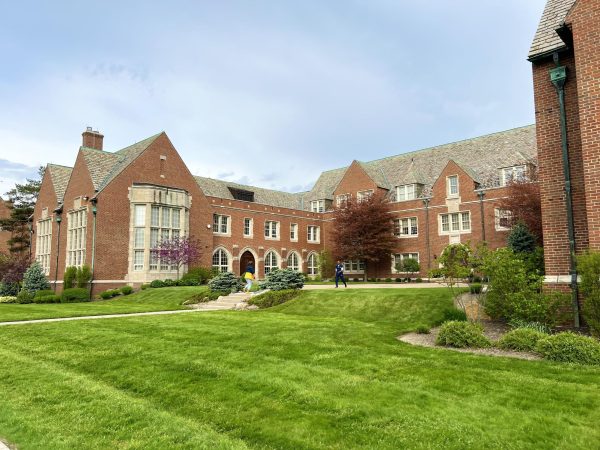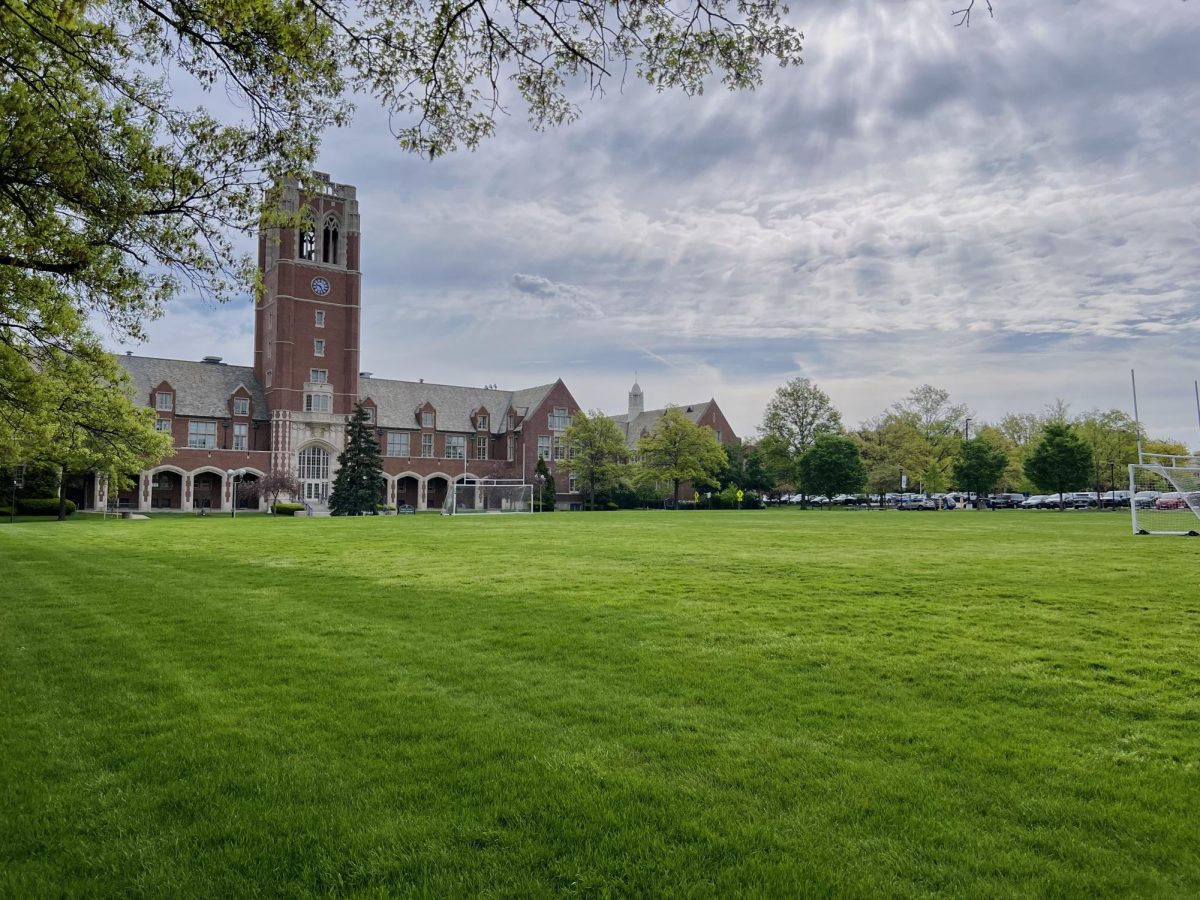With finals around the corner, a student’s ability to concentrate is crucial for their success on their end of year examinations. However, this is difficult when distractions meet you at your door, or rather, on your lawn. This seems to be a common consensus among students fighting to focus through particularly loud landscaping.
In recent weeks, Blue Streaks have voiced their concerns about noisy grass mowing outside of their dorm room windows with their sleep and studies being disrupted. For students on the first floor of some buildings, that familiar but unwelcome hum can be particularly agitating.
“It can be extremely disruptive to studying both on the quad and in the classroom,” Jonathan Kay-Lord ’25 told The Carroll News.
“Freshman year we had an ongoing tally in Campion counting how many times they mowed the lawn and the biggest tally was three times in one day,” said Jenna Kelly ’25.
Are these worries just fleeting complaints or do they have legitimate merit? While it may be easy to shrug off, there could be larger-scale implications for this pattern of lawn care outside of a scoff at the smell of gasoline and the sight of garden clippings.
According to the Hearing Center of Excellence, the average lawnmower typically clocks in at 94 decibels. For reference, technology company Illuminated Integration states that sounds above 60 decibels typically disrupt a person’s concentration, though this varies by person. Continuous exposure to noise over this threshold could lead to an increase in stress and a decrease in productivity.

There could also be other impacts that are more physical in nature. The Noise Project classifies the 90 to 100 decibel range as “dangerous,” meaning that listening to the mowers “can have a negative impact on your hearing in just under an hour.” Not only is hearing damage on the table, but “the loud noise can cause someone to have an aggressive and violent reaction, which if occurring often (making it hard to cope), can lead to personality changes and mental health issues.”
All of these effects would be onset by continuous exposure. Jeremy Johnston, director of physical plant at John Carroll, told The Carroll News that “Turfscape mows once or twice a week, depending on the level of growth and season.”
Nevertheless, it takes approximately 40 minutes to mow one acre of land while John Carroll is a 60 acre property. This means the entirety of campus would take 20 hours to mow. As Turfscape’s hours are from 9 a.m. to 4:30 p.m., assuming that workers take the standard Ohio sanctioned 30 minute lunch break, this is five full work days of lawn care in total per week. For some students, this can feel like a long and drawn-out process.
“It can keep going the whole day sometimes,” said Lydia Bennett ’26. “The lawn mowers need to start and end at a specific time.”
For Hannah Humphries ’24, the noise sound feels so consistent that she classifies it as “white noise.”
Whether or not the lawn mowing will impact student performance at John Carroll is still unknown. In spite of this, it is important for Blue Streaks to remember to wear protective ear coverings when around loud noises and to consistently monitor their decibel intake so that they may preserve their auditory skills long past their all-consuming tests and presentations.




